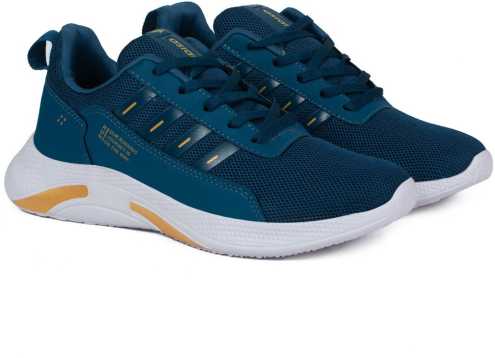how shoe soles are made
A shoe is only as good as its soles - and the world's best soles are made right here in France.
In Valenciennes, a town 50 miles north-east of Paris, you'll find Reebok’s parent company, known as Raoul. The plant has been making shoe soles for 70 years. There are six production lines, where workers make rubber or PVC sole moulds for shoes manufactured all over the world. In total there are about 800 employees who work at the plant - with women dominating: around 600 of them (75%).
Workers feed polyurethane and polypropylene into huge machines that form the moulds. They then leave them in a drying oven for about four hours before bringing them back to their original size by stretching them over a metal frame. Then, it's off to the next production line, where workers tighten wires around the moulds to make sure they keep their form. They repeat this operation several times until the sole is tight and supple enough to be added to a shoe upper. The process is extremely repetitive and hard on the feet, making for a lot of wear and tear, but the end result is worth it.
Image source: https://www.nike.com/
As Reebok’s first local plant, this proves an important asset for French industry, as they have to import almost all of their raw materials from abroad (rubber and polyurethane) due to high costs.
As well as being one of the biggest French producers of shoe soles - with a turnover of 80 million euros in 2014, according to Raoul's own figures - Valenciennes also produces: football studs, golf balls and tennis balls.
Advantage of using time-gated microscopy on living organisms: * the ability to image an entire population with a single image, at a single time point * does not require division of subject into single cells for individual imaging, thus avoiding contamination and synchronisation issues between multiple microscopes (necessary in high throughput experiments) * it is possible to buy very cheap microscopes.
Comments by: Dagmar Rethemeyer, Postdoctoral Research Fellow, Philipps-University Marburg, Germany & Karl Zeller, Research Assistant, Philipps-University Marburg, Germany [8/12]
Thanks for your article about Reebok's "novel" way of making shoes. The method sounds very ingenious - the sole is merely moulded from rubber and plastic. The only pity is that the shoe designs have been left out of the article. This might be understandable because it is hard to imagine a sole without a shoe design. Nevertheless it would have been interesting to learn what has happened to its incredibly successful brand series (like running with the stars or sunday driver). Where do their high-tech shoes inlays originate from?
Image source: https://www.flipkart.com/
As you wrote, the plant is situated 50 miles north-east of Paris. We could not help but wonder what kind of an impact this decision has had on Reebok? Is it still a "made in USA/Europe" brand or has the decision to globalise its production chain made the company appear more "cosmopolitan"?
We found interesting your idea of the universal adaptability of microscopes and we were astounded by the low price tag of the microscopes you mentioned (250$).


Comments
Post a Comment